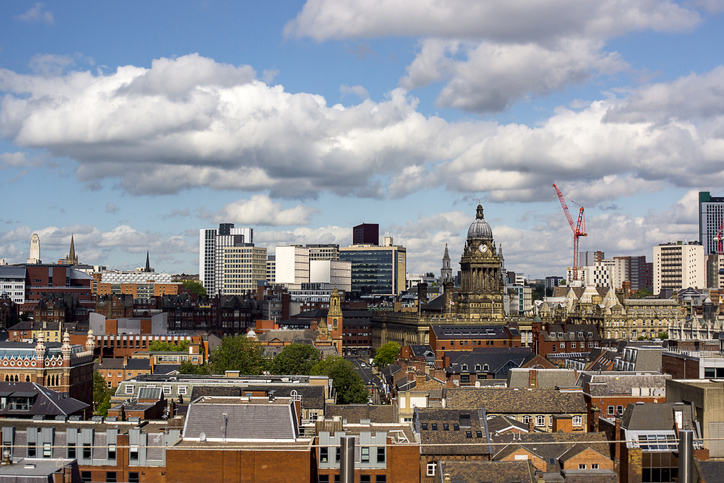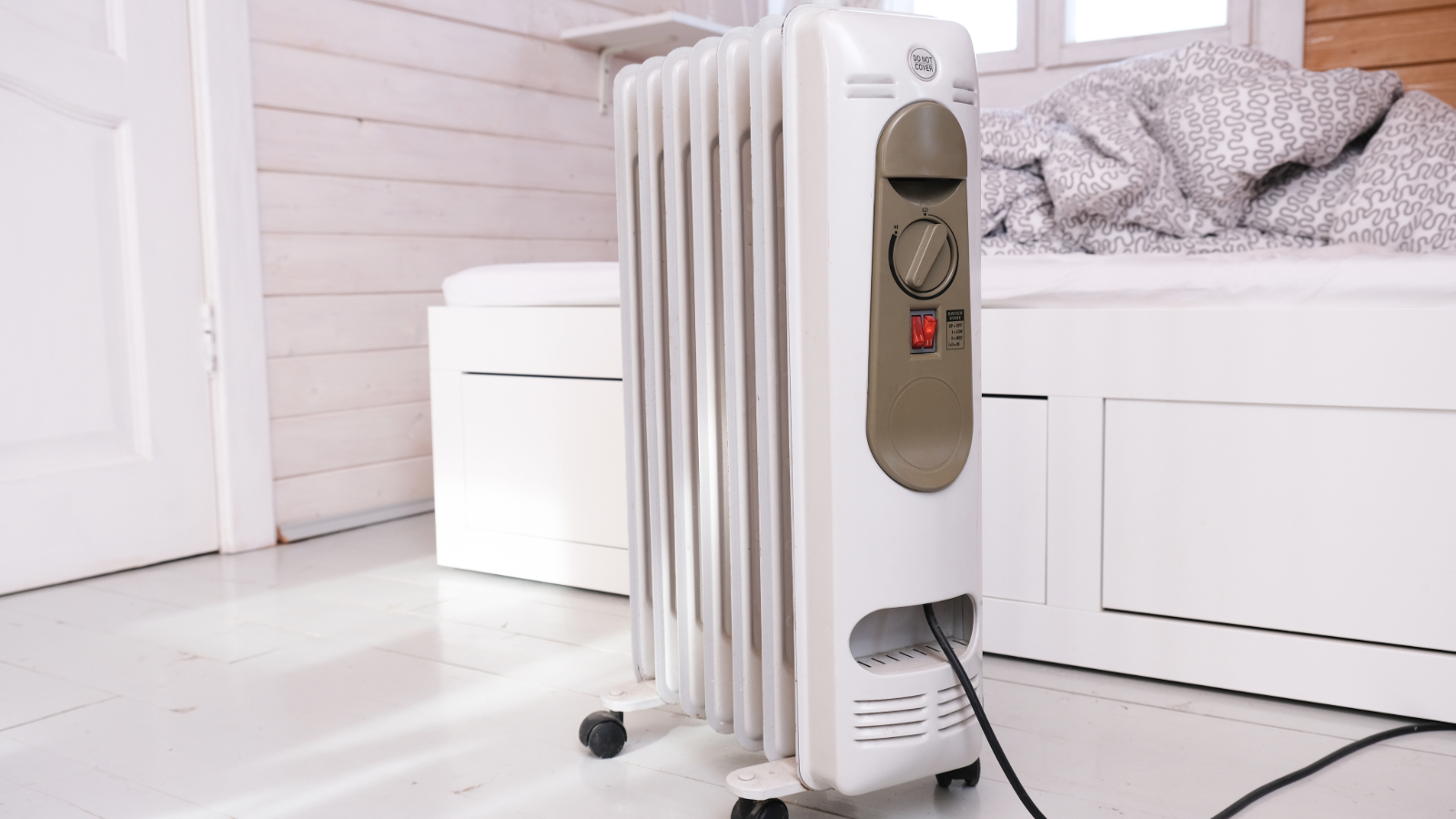
Energy efficiency company Cenergist has installed what is reportedly the UK’s first high-temperature air source heat pumps in residential tower blocks in Leeds.
This initiative took place in six Leeds City Council-owned buildings with a total of nearly 500 homes.
Cenergist replaced inefficient night storage heaters and hot water cylinders with high-temperature with communal heating from air source heat pumps and hot water systems.
What are high-temperature heat pumps?
High-temperature heat pumps can achieve operating temperatures of between 60-80°C, the same high temperatures usually associated with boilers. You may not need to install new insulation or radiators to have a high-temperature heat pump installed.
In comparison, many conventional heat pumps are designed to operate at 44-55°C, and can comfortably provide heating to homes.
They use special compressor technology to enhance the temperature, however, they cannot produce the heat at the same rate as a boiler.
Where will these be installed?
These installations are part of Leeds City Council’s £24 million ‘Clustering for Warmth’ initiative, one of the UK’s largest green home and energy bill reduction schemes.
Bring your dream home to life with expert advice, how to guides and design inspiration. Sign up for our newsletter and get two free tickets to a Homebuilding & Renovating Show near you.
The initiative forms part of Leeds City Council’s £100m investment in improving energy efficiency of its housing stock by 2025. Around half of Leeds’ carbon emissions are estimated to come from the energy used to power and heat homes and commercial buildings.
The initiative focuses on delivering low-carbon heating and hot water upgrades to 1,700 council-owned homes, replacing inefficient electric storage heating with ground source heat pumps, or installing an air source heat pump, and district/communal heating solutions.
Communal heating generates heat at a central source, with either hot water or steam circulated to homes and other nearby buildings using insulated pipes.
District heating systems come in many different sizes. The largest cover entire cities such as Stockholm in Sweden or Flensburg in Germany, using a network of large pipes.
The technology is being put forward as a low-carbon alternative to existing heating solutions for the 1.1 million UK homes that are not connected to the gas grid and are forced to rely on price-volatile oil.
Potential 52% reduction in energy bills
Cenergist claims the expected impact of this project is significant, with an estimated 52% reduction in utility bills for residents at a time when energy price rises are causing widespread fuel poverty, despite the dissemination of energy saving tips by charities and government agencies.
The company also claims there will be a 64% decrease in carbon dioxide emissions for each property.
Dan Ludgate, Director of Energy Infrastructure at Cenergist, commented: “We are committed to helping our customers deliver net zero carbon emissions through our low carbon heating systems.
“In deploying Cenergist’s GSHP solutions, not only can we help Leeds City Council achieve its goal in decarbonising the city, but we can also help to serve the needs of the community, by providing significant bill savings for residents.”
Sam is based in Coventry and has been a news reporter for nearly 20 years. His work has featured in the Mirror, The Sun, MailOnline, the Independent, and news outlets throughout the world. As a copywriter, he has written for clients as diverse as Saint-Gobain, Michelin, Halfords Autocentre, Great British Heating, and Irwin Industrial Tools. During the pandemic, he converted a van into a mini-camper and is currently planning to convert his shed into an office and Star Wars shrine.

